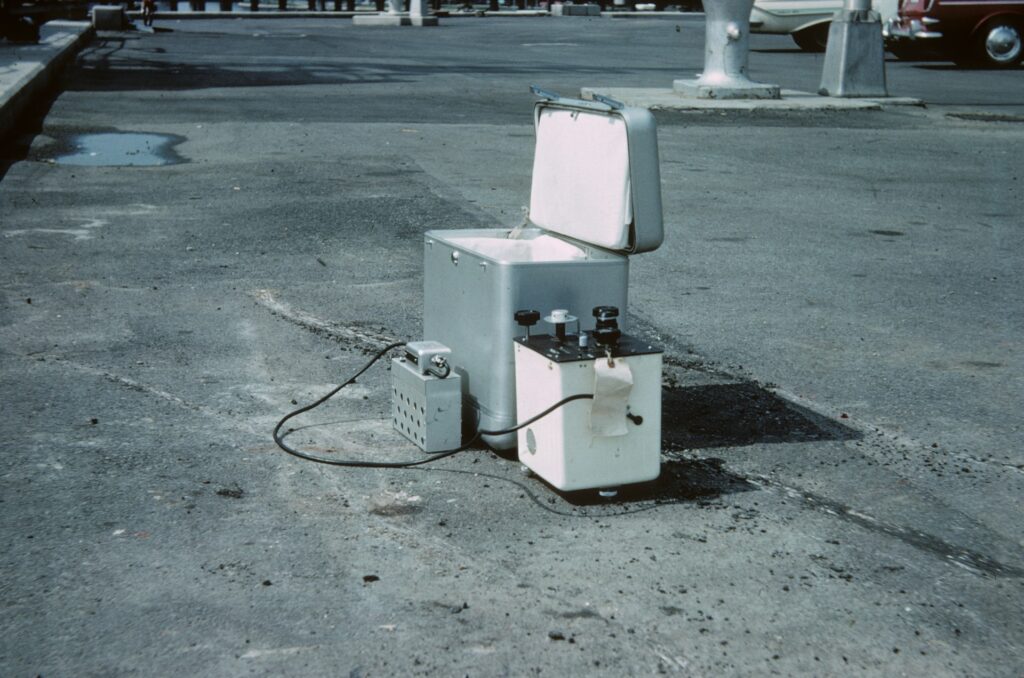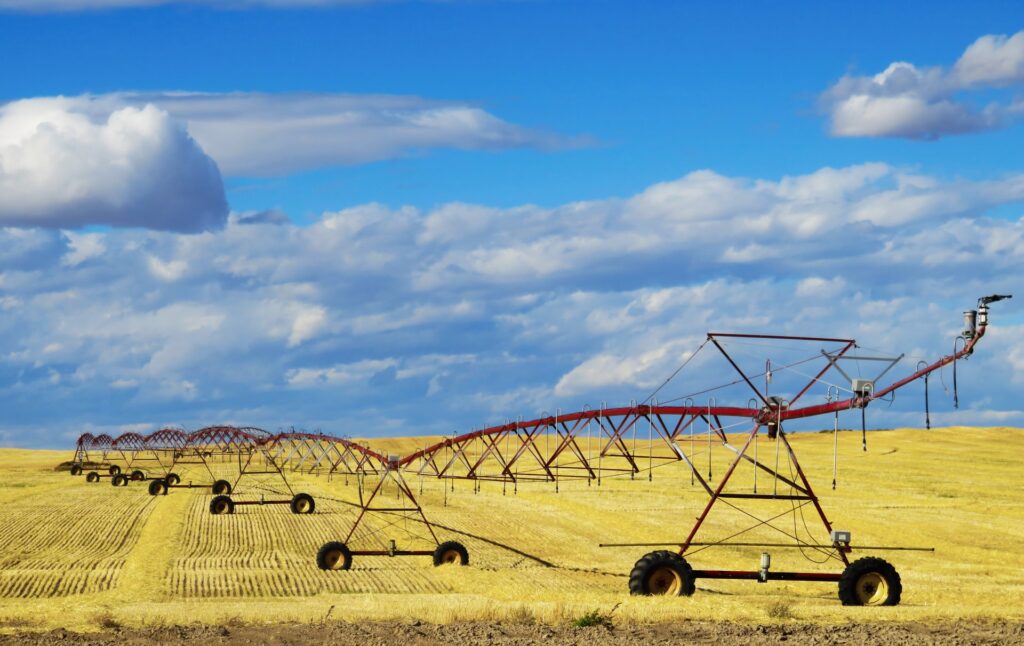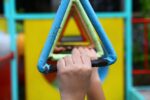There are various devices used for different purposes and different levels of noise. From heavy-machinery operating industries to neighborhood noise measuring for households, noise monitoring comes in handy everywhere.
Noise is usually measured in decibels and most sound level meters comply with legal standards that identify a limit up to which the noise causes no harm to people or the environment.
Before using any noise measuring equipment, ensure that they are standardized and will give you accurate readings. It is important to keep noise levels in check as there are various occupational health & safety and emission control regulations for workplaces. The health and safety of employees come above all else.

Noise monitoring instruments should be calibrated to reflect the right settings so that it gives an accurate measurement. Different monitors have different adjustments (like time and frequency weightings), so it is important to understand and adjust them to get proper, verifiable results.
Some kinds of noise monitoring equipment are ;
Sound Level Meters
These are mobile, handheld devices that can come in handy for many types of noise levels. They can be used to determine workplace noise (in offices), the volume of running machines in factories, and even when full industrial hygiene requirements have to be met (with octave band analysis for the selection of hearing protection).
There are 3 accuracy levels for the noise analysis: Class 1, 2, and 3. Depending on what the instrument is designed for, it will adhere to one of these 3 classes.
Some even have data logging and you can refer to previous measurements as required.
Outdoor Noise Measuring Kits

Larger and more robust than sound level meters, these are weather protected kits that can be mounted anywhere in the outdoors. They can be used to measure noise levels in vast open environments, residential noise, and can also help you watch your neighborhood for increasing and disturbing noise.
Dosimeters
For individual workers and employees, these are small, shoulder-mountable devices that record a person’s exposure to noise throughout the day. They are perfect for determining whether employees need special hearing protection. Some dosimeters even have data logging and this data is downloadable to a computer.
CONCLUSION
There are many other noise measuring kits out there for a variety of settings. Understand them and go for one which suits your needs.















